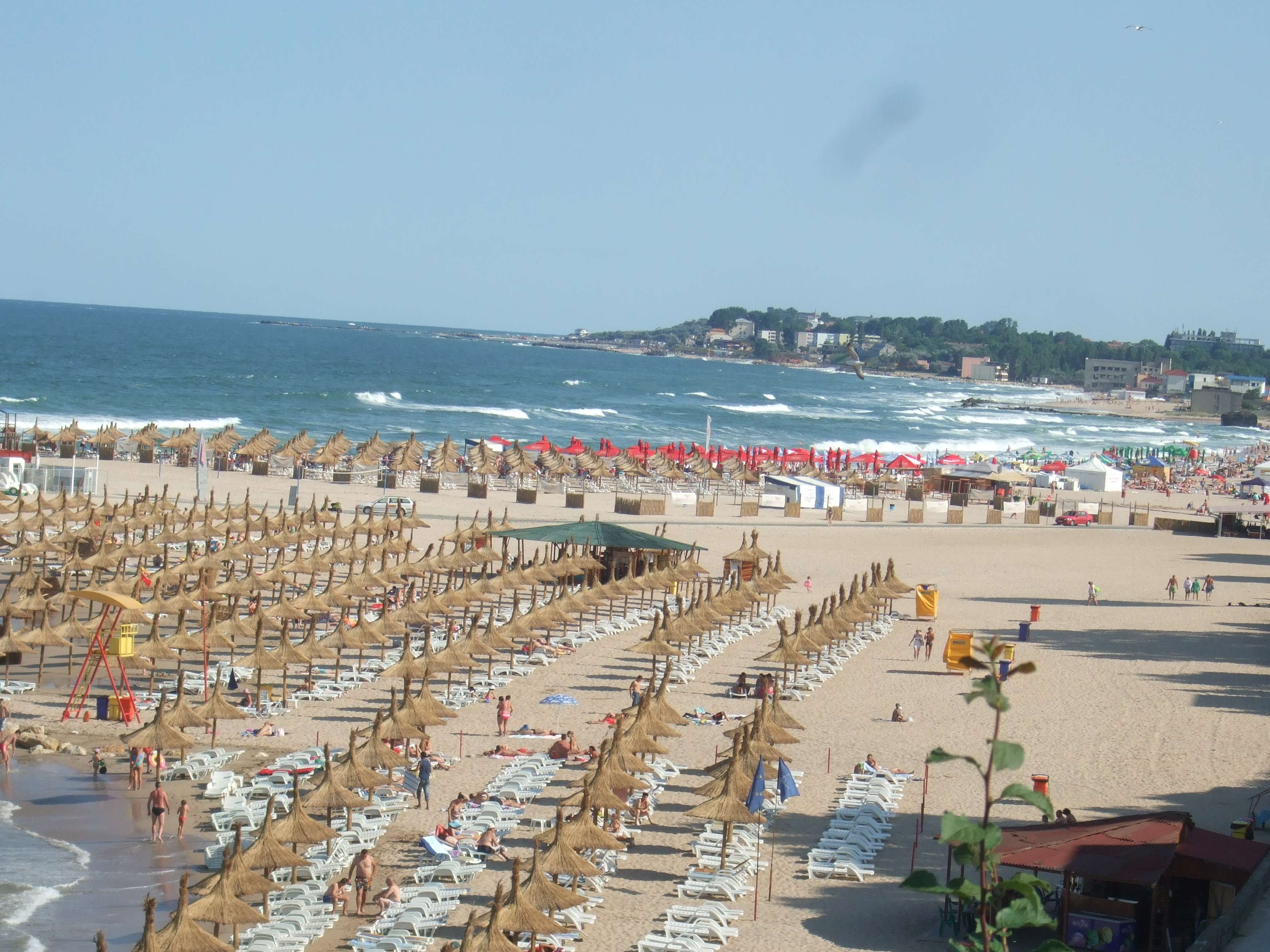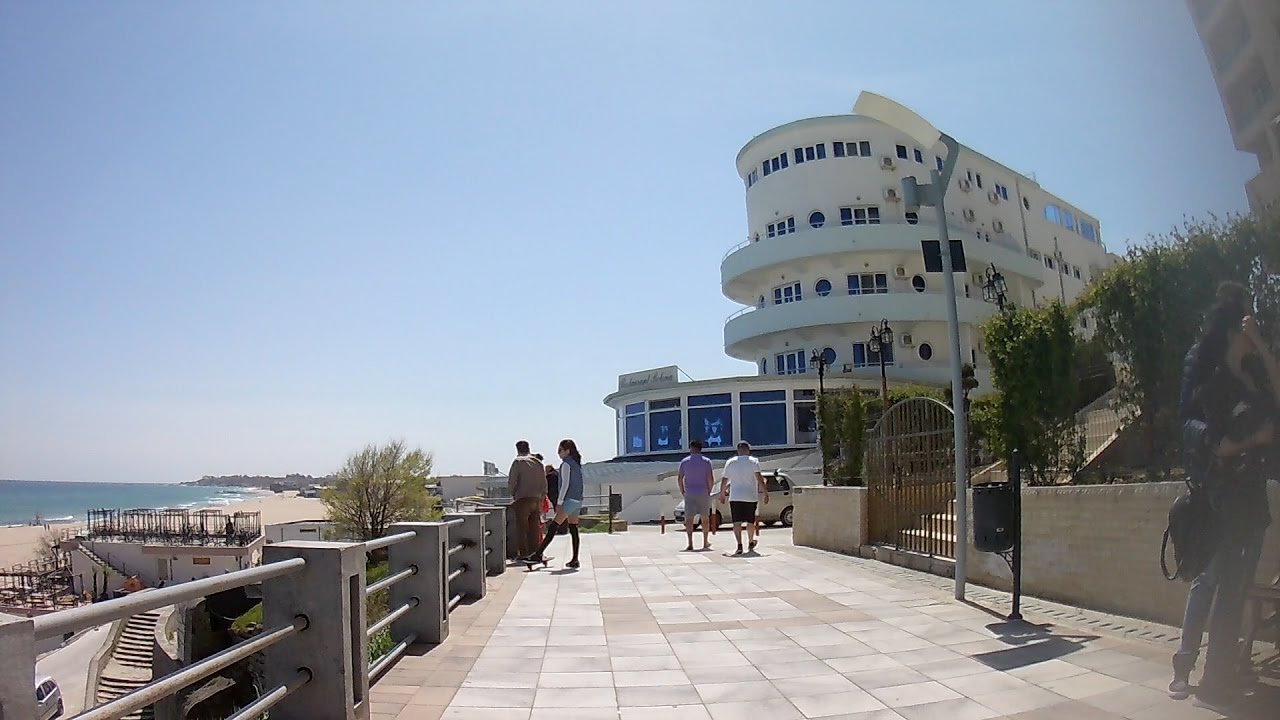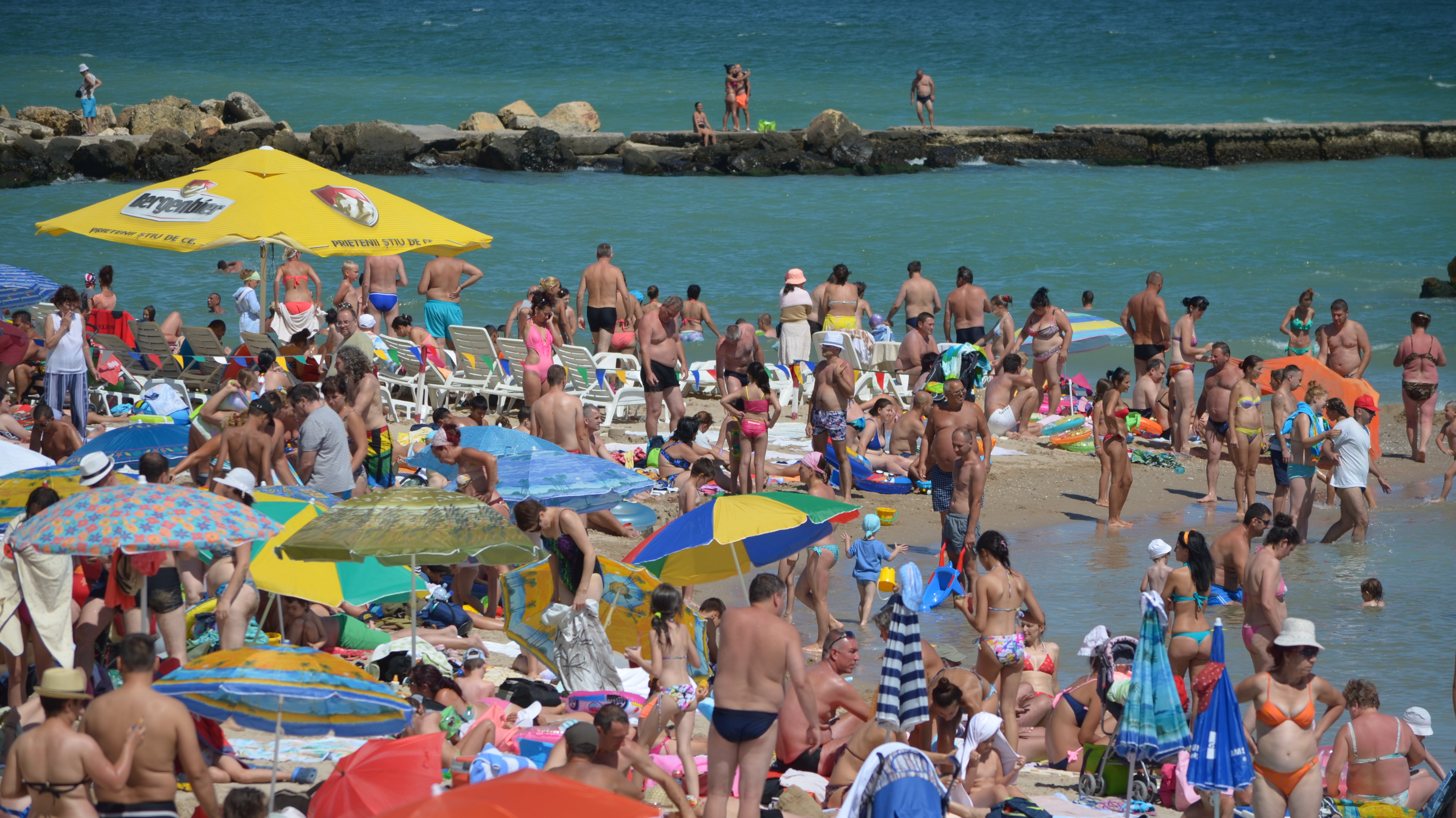Eforie Nord
Eforie Nord este situata pe Litoralul Marii Negre, intre mare si Lacul Techirghiol, la o distanta de 14 km. de Constanta.
Apa sarata concentrata a lacului Techirghiol; apa marii; namolul sapropelic extras din Lacul Techirghiol; bioclimat marin bogat in aerosoli salini si in radiatie solara, cu efect stimulant asupra organismului.
Afectiuni reumatismale inflamatorii (stari alergice articulare dupa reumatism articular acut sau infectii de focar, spondilita anchilozanta, artropatia psoriazica, poliartrita reumatoida); Afectiuni reumatismale abarticulare (tendinoze, tendomioze, tendoperiostoze, periartrita scapulohumerala);
Afectiuni post-traumatice (stari dupa operatii pe muschi, tendoane, articulatii si oase, stari dupa entorse, luxatii si fracturi);
Afectiuni ale sistemului nervos central;
Afectiuni ginecologice;
Afectiuni dermatologice;
Afectiuni respiratorii;
Afectiuni asociate (otorinolaringologice, cardiovasculare, endocrine, metabolice si de nutritie, boli profesionale)
Feroviar: Gara Eforie Nord pe linia Bucuresti - Constanta - Mangalia (239 km.);
Aerian: Constanta (Aeroportul International "Mihail Kogalniceanu")
Primele asezaminte spitalicesti au fost ridicate de Eforia Spitalelor Civile din Bucuresti la sfarsitul sec al XIX lea. A fost construit un sanatoriu (1894) si un pavilion de lemn pentru bai , acesta din urma durand pana in 1904. Statiunea a inceput sa se dezvolte cu adevarat dupa anul 1960, in prezent fiind a doua statiune ca marime de pe Litoralul Marii Negre.
Climat de litoral maritim cu temperatura medie anuala de 11.2 grade Celsius (peste 22 grade Celsius in iulie si peste 0 grade Celsius in ianuarie). Iernile sunt blande cu putina zapada. Durata de stralucire a soarelui pe timpul verii depaseste 10-12 ore pe zi, atingandu-se o medie de cca. 2400 ore anual. Vanturile sunt aproape permanente, cu viteza medie anuala de 4 m/s, din directiile nord-est si vest. Precipitatii anuale sunt in medie de cca. 380 mm.
Bai calde cu apa sarata concentrata provenita din Lacul Techirghiol sau din mare; bai calde cu namol; impachetari calde cu namol; aerosoli; electroterapie; hidroterapie; kinetoterapie; tratamente cu Pell Amar , Gerovital si Boicil Forte
Mineralizarea apei sarate din Lacul Techirghiol este de 15.5 g/l; namolul sapropelic extras din Lacul Techirghiol contine 70.2 0/0 apa.
Complexul Astronomic (Planetarium, observatorul astronomic, statie solara).
Catedrala Episcopala Ortodoxa Romana (construita in 1883), mozaicul templului spaniol, Marea Moschee (Bizantina-stil egiptean cu influente romanesti, construita in 1822), Casinoul (stil baroc francez cu elemente rococo, construit in 1909), Farul din Geneva (secolul al 14-lea), noul far (1958), portul comercial(1857), portul turistic Tomis
Adamclisi: Complexul Muzeelor ( Muzeul Tropaeum Traiani, altarul funerar, mausoleul, ruinele cetatii Tropaeum Traiani, Muzeul Arheologic)
Murfatlar: Complexul de Manastiri (obiective arheologice si crestiniste, Muzeul Viticulturii Dobrogene
Cernavoda: vestigii arheologice din culturile Hamangia, Gumelnita si Cernavoda, Podul Anghel Saligny si viaducte (cele mai lungi din Europa), Fosile (rezervatii, fosile de fauna si flora) Rasova: ruinele fortificatiei romane Flaviana (din timpul lui Constantin cel Mare)
Harsova: ruinele cetatii romane Carsium fondate de Imparatul Traian in anul 103 e.n. Histria: Cetatea Histria (prima colonie greaca din litoralul Pontului Euxin, fondata de marinarii din Milet in 657 inainte de Cristos) Muzeul Arheologic Histria (elemente de constructie romane, baso-reliefuri, statuete, adornamente, ceramica greaca si romana)
Mangalia: vestigiile Cetatii Callatis construita intre secolele 4- 7 dupa Cristos (portul antic Callatis, apeductul roman, gravuri antice, basilici siriane), Muzeul Arheologic Callatis (1925)( antichitati grecesti si romane: coloane antice, baso-reliefuri, sculpturi, adornamente, ceramica fina de alabastru, statuete, monezi), Colectia de Curiozitati Mercutius (timbre, litografie, ceasuri, picturi, sculpturi, lucrari grafice) , Moscheea Sultanului Eshmahan (1525), monument in stil maur (covoare orientale, fantana ritualica, Lapidarium, cimitir turcesc
Medgidia: Muzeul de Arta, Marea Moschee (monument arhitectural maur din 1856)
Mircea Voda: ziduri romane
Ostrov: ruinele cetatii romano-bizantineDervent
Satul Sipotele: om padure plina de bujori dobrogeni, monument al naturii
Cheia: Masivul Cheia- rezervatie naturala, botanica, geologica (pietre de corali, plante mediteraneene, pesteri).
Ion Corvin: rezervatie de bouri salbatici si caprioare
Comuna Limanu: pestera Limanu, rezervatie speologica; colectie de arta (picturi, sculpturi, lucrari grafice)
Bucatarie cu influente turcesti: kebap, kefir, saslac sultana si dintre preparatele dulci: baclava
S.C. Ana Hotels S.A. - Hotel Europa
S.C. THR Marea Neagra S.A







